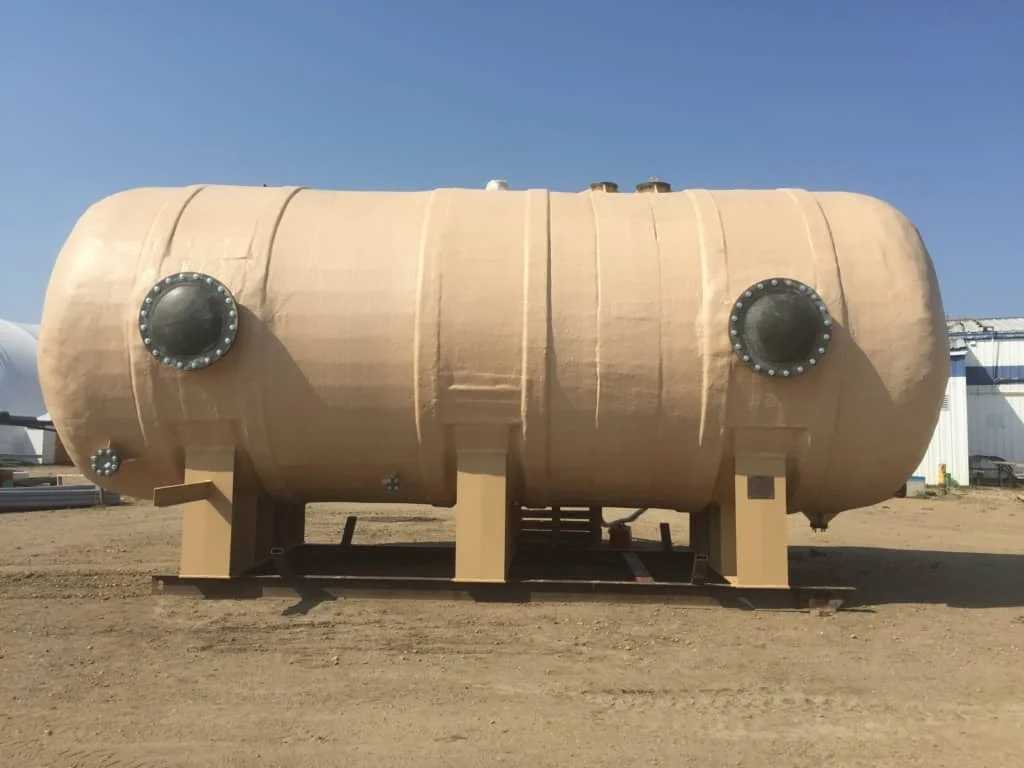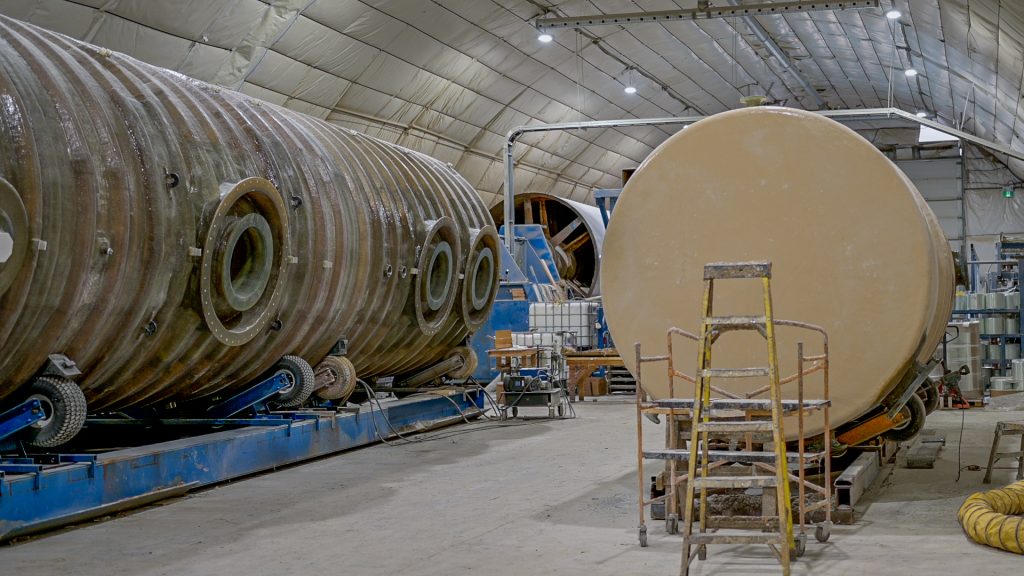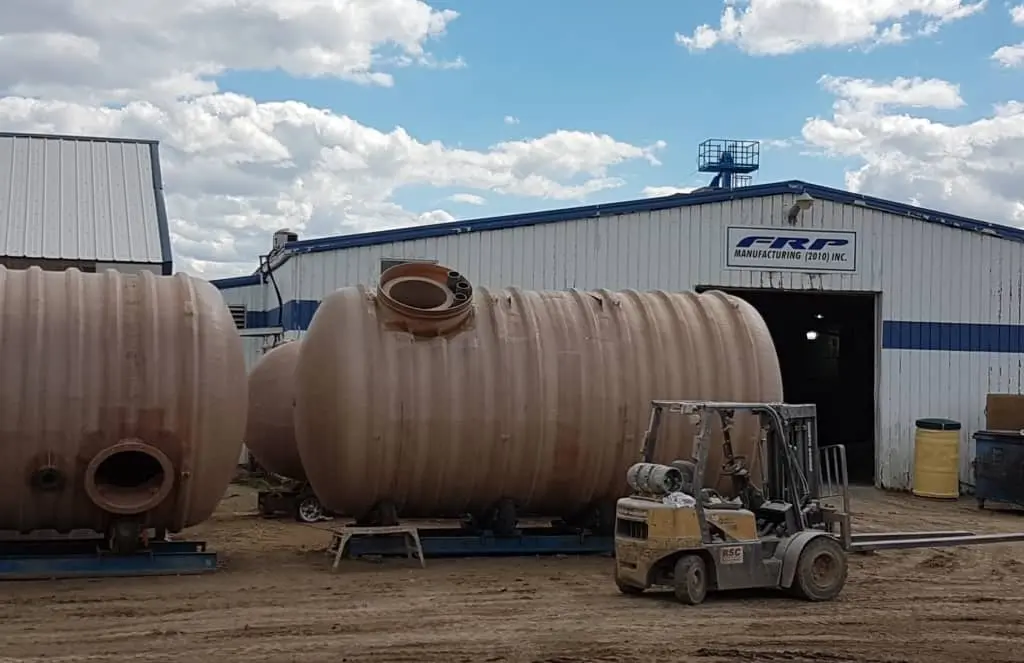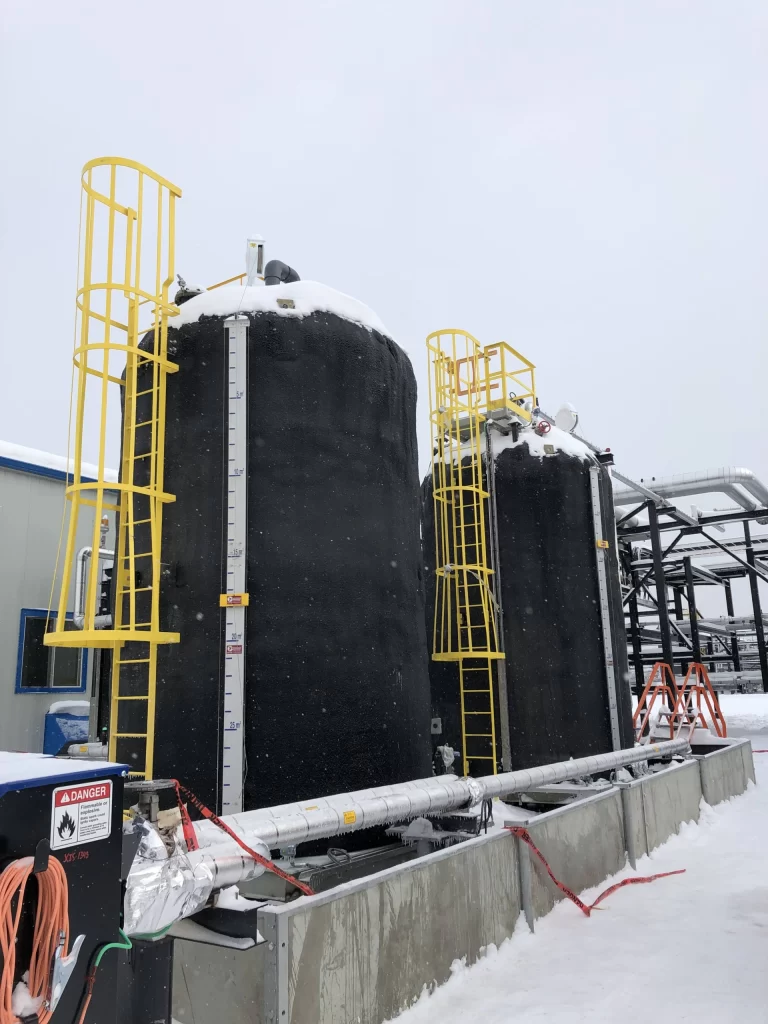When we purchase an FRP tank for our storage needs, commercial or personal, we’re looking for durability and longevity of the tank. Something we can overlook is the cleaning and maintenance of the tank and how this can extend the life of the unit exponentially. Cleaning, in fact, should be routinely scheduled to ensure the product stored remains sterile and safe. Here’s an idea of when to clean your FRP storage tank and how you can go about doing it.
When?
Especially for substances like potable water and other liquid contents you may be storing, the FRP tank needs to remain clean and sanitary. For tanks storing potable water, the surface of the unit needs to remain free of debris, sediment and particles that can entice algae, scale or bacterial growth and compromise the quality of the water. This water is what you may be using to wash your dishes, brush your teeth, shower and do other household chores that involve water use. It’s essential the quality of the water, either hard or soft, remains intact for the health of your family and for yourself! It’s recommended to clean these tanks a minimum of once a year while some will recommend professionally cleaning the tank every six months. What it narrows down to is how frequently the tank is used, the quality of the water, and if it is your primary source of water on the property. As much as you might want to clean the tank yourself, we highly encourage you to trust a professional cleaning service as your health is truly not something to mess with. For tanks storing dry materials, cleaning can be much more infrequent and land at that yearly or every few years schedule.
How?
Dry materials are much easier to prepare for a cleaning of the storage unit whereas there are quite a few more steps that need to be followed to properly clean an FRP tank storing liquid, chemical or other viscous materials. The tank needs to be thoroughly drained using a pump to clear even the sediment out from the bottom of the tank and it must be rinsed down thoroughly. Every tool used needs to be properly disinfected and the top of the tank and the area around it needs to remain clean. Manual scrubbing and high-pressure water are a must and the tank should be vacuumed meticulously to remove any leftover particles. An antibacterial disinfectant or bleach then needs to be sprayed and rinsed through the unit and its piping to complete the cleaning process. For dry materials, the tank still needs to be cleared, scrubbed and washed thoroughly, but the process is much less laborious. Expect a liquid storage cleaning to take at least four to six hours.
Whatever you happen to be storing, we want to stress the importance of having professional cleaning done for your FRP storage units. With the knowledge and safety procedures to ensure your unit is sanitary and safe, you can’t go wrong with hiring the experts. If you’re in the market for a new FRP tank to clean, we’ve got some units you might like to take a look at! We’d be delighted for you to look through our above or below-ground products, or contact us for a quote today!







